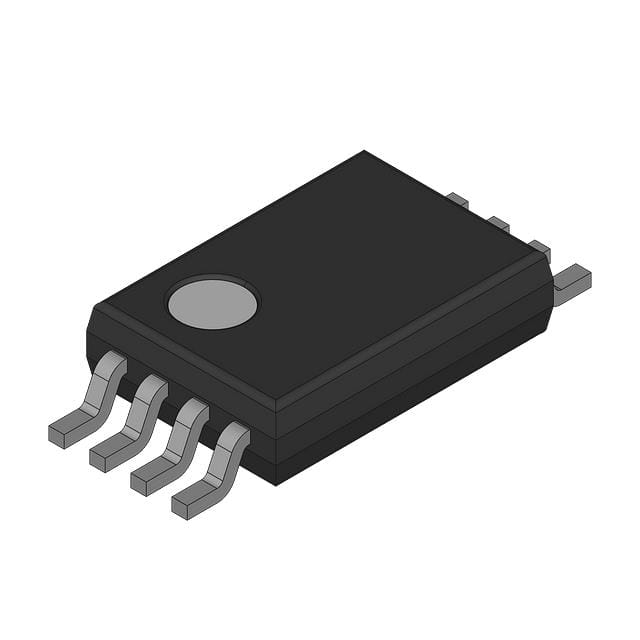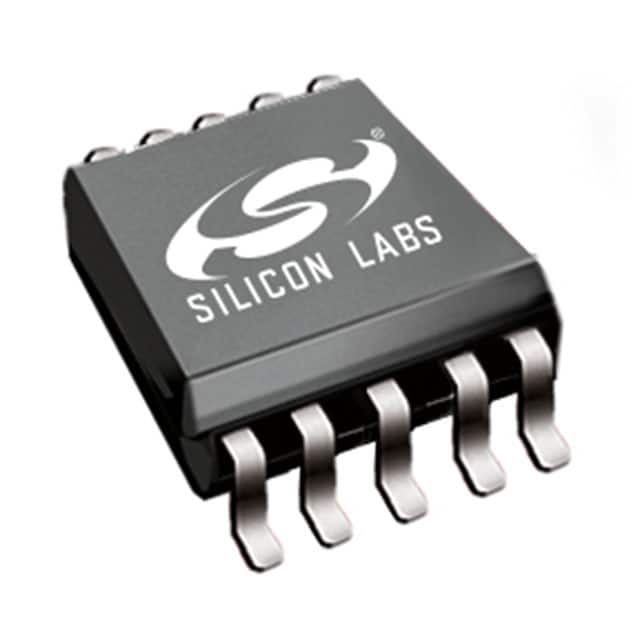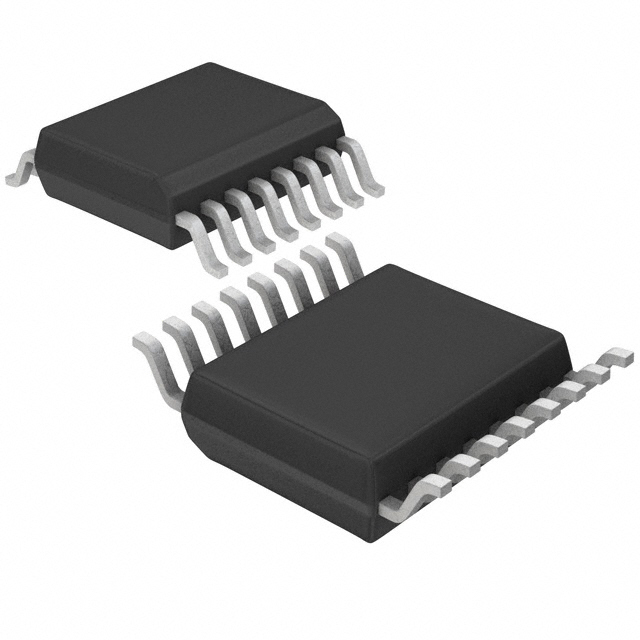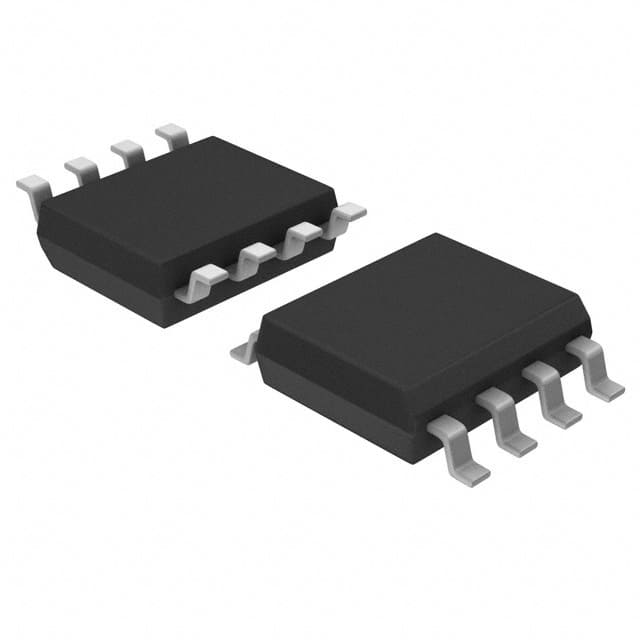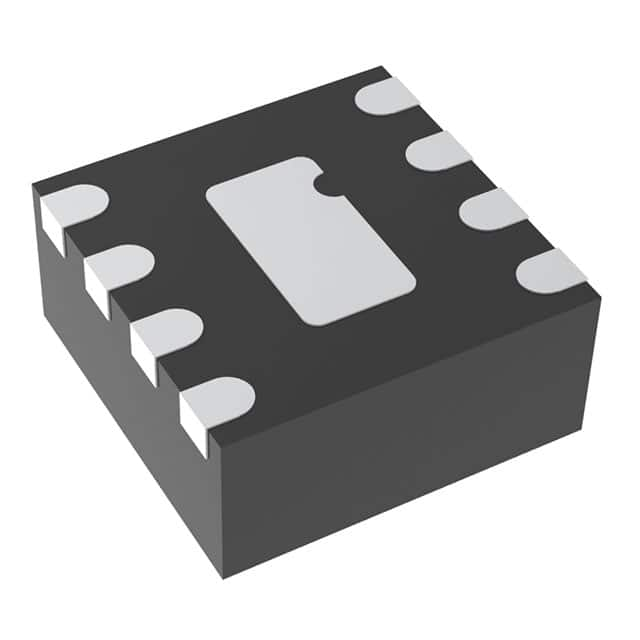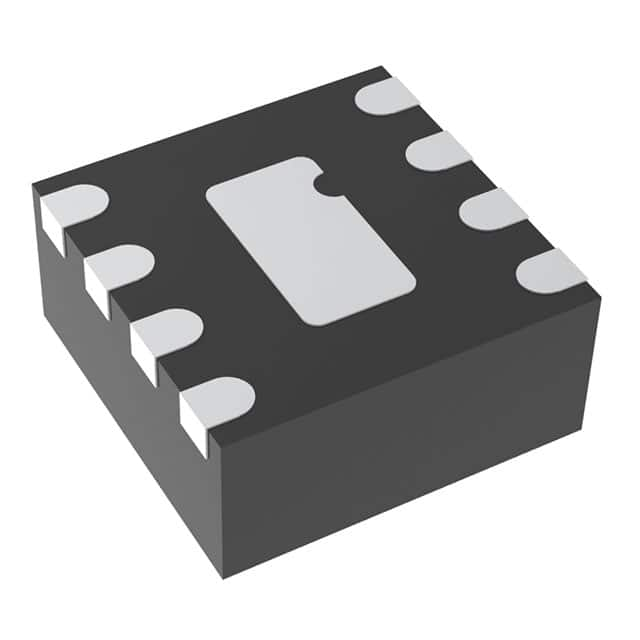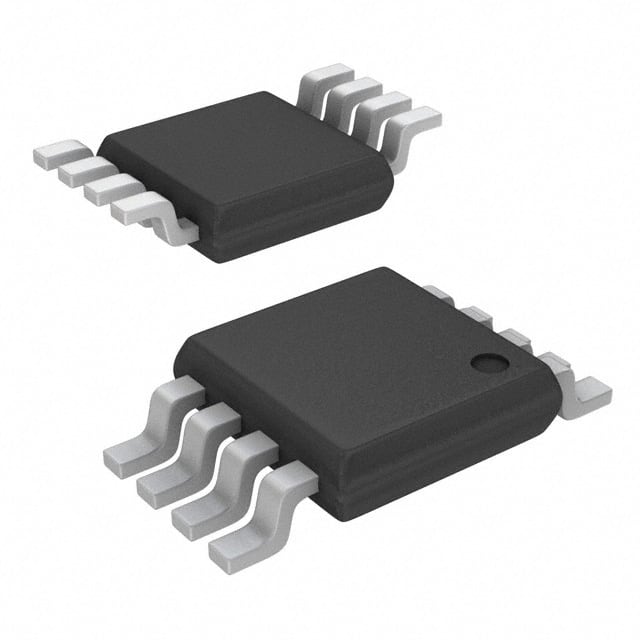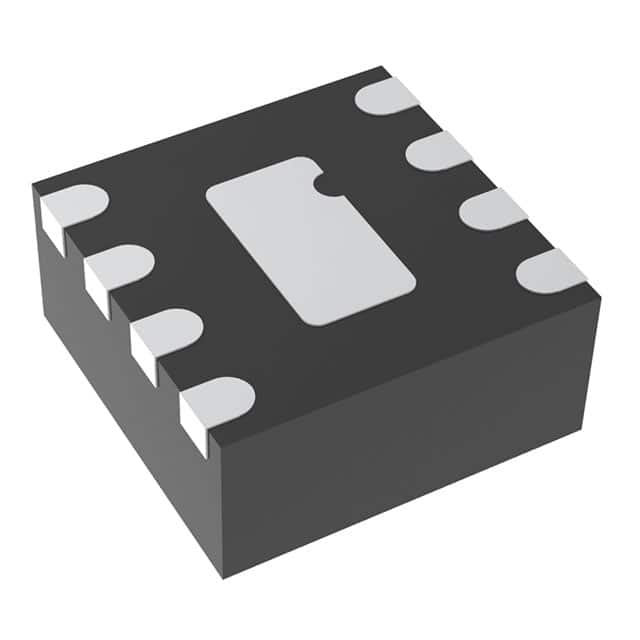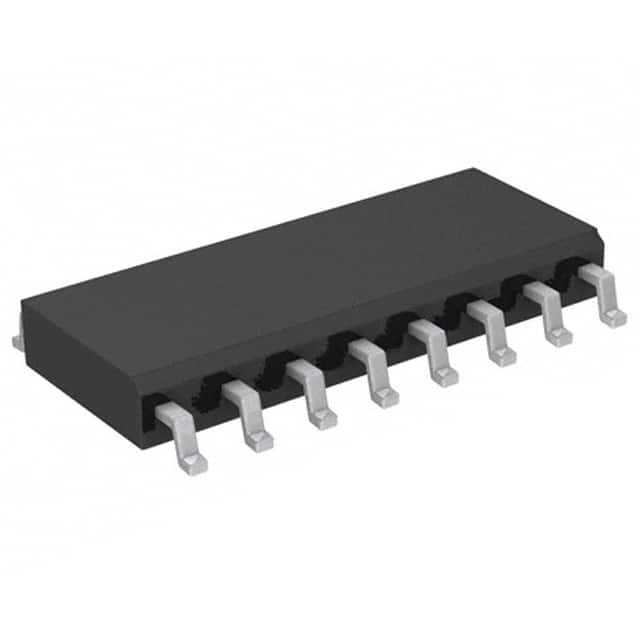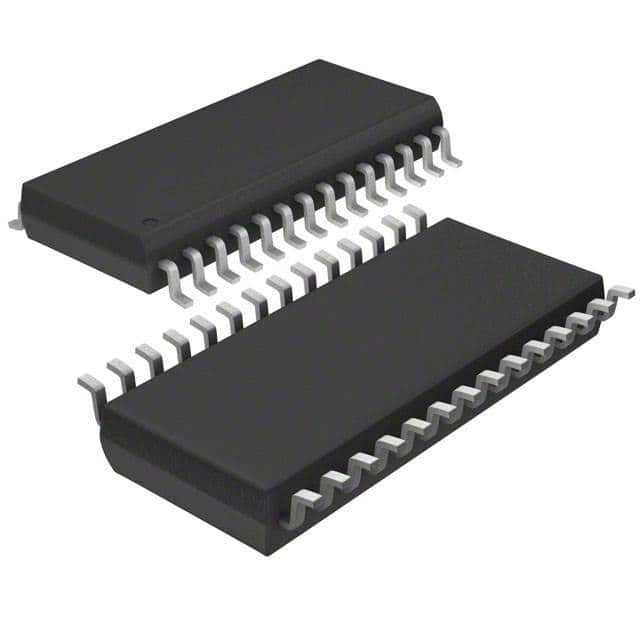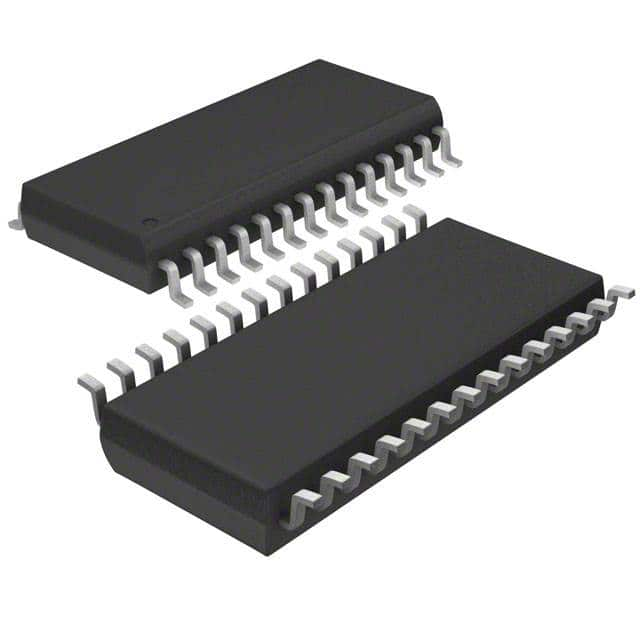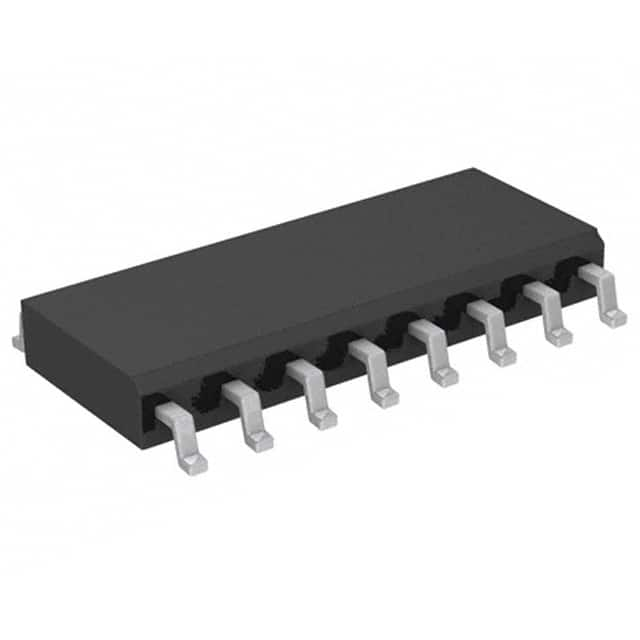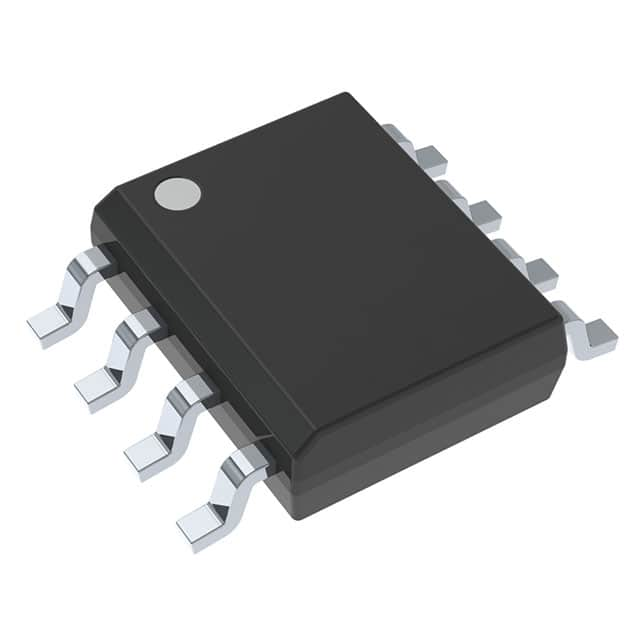CDCVF2505PWRG4 Product Introduction:
Texas Instruments Part Number CDCVF2505PWRG4(Clock/Timing - Clock Generators, PLLs, Frequency Synthesizers), developed and manufactured by Texas Instruments, distributed globally by Jinftry. We distribute various electronic components from world-renowned brands and provide one-stop services, making us a trusted global electronic component distributor.
CDCVF2505PWRG4 is one of the part numbers distributed by Jinftry, and you can learn about its specifications/configurations, package/case, Datasheet, and other information here. Electronic components are affected by supply and demand, and prices fluctuate frequently. If you have a demand, please do not hesitate to send us an RFQ or email us immediately sales@jinftry.com Please inquire about the real-time unit price, Data Code, Lead time, payment terms, and any other information you would like to know. We will do our best to provide you with a quotation and reply as soon as possible.
Introducing the Texas Instruments CDCVF2505PWRG4, a versatile and high-performance clock driver designed to meet the demanding requirements of modern electronic systems. With its advanced features and robust design, this clock driver is the perfect solution for a wide range of applications.
The CDCVF2505PWRG4 features five low-skew outputs, each capable of driving up to 24 mA of current. This ensures reliable and accurate clock distribution, even in high-speed and high-frequency applications. The low-skew design minimizes clock skew, ensuring precise synchronization between different components of the system.
This clock driver also offers a wide operating voltage range of 2.3V to 3.6V, making it compatible with a variety of power supply configurations. Additionally, it features a low power consumption mode, making it an energy-efficient choice for battery-powered devices.
The CDCVF2505PWRG4 is ideal for a range of applications, including telecommunications, networking, data centers, and industrial automation. It can be used to distribute clocks in high-speed data transmission systems, synchronize multiple processors in a network, or drive clock signals in complex control systems.
With its exceptional performance, reliability, and versatility, the Texas Instruments CDCVF2505PWRG4 is the go-to choice for engineers and designers looking for a high-quality clock driver solution. Experience the power of precise clock distribution with the CDCVF2505PWRG4.
Clock Generators are circuits or devices used to generate stable and precise pulses of electrical signals. The clock signal generated by it provides a unified time benchmark for various electronic devices, ensuring that the components of the device can synchronize operations and actions.PLL (Phase Locked Loop and phase-locked Loop) is a kind of circuit is used to control the frequency and Phase. It can convert the frequency and phase of an input signal into the frequency and phase of another output signal to realize the synchronization of frequency and phase. Frequency Synthesizers are devices that use one or more standard signals to generate a large number of discrete frequency signals through various technical approaches. It can realize precise control and adjustment of frequency to meet the needs of different application scenarios.
Application
Clock Generators are widely used in computer chips, digital circuits, radio communication, audio and video equipment and other electronic equipment. The clock signal generated by it is the basis for the normal operation of these devices, ensuring the stable transmission and processing of data. PLL (phase-locked Loop) is mainly used to detect and track the frequency and Phase of the input signal and convert it into a stable output signal. It can change the frequency of the input signal to achieve a specific purpose, such as signal synchronization, frequency conversion, etc. Frequency Synthesizers generate a series of high-precision frequency sources with a certain frequency interval through synthesis technology to provide the required frequency signals for various electronic devices. It is widely used in applications requiring accurate frequency control, such as radar, communications, electronic countermeasures and other fields.
FAQ about Clock/Timing - Clock Generators, PLLs, Frequency Synthesizers
-
1. What is a PLL frequency synthesizer?
A PLL frequency synthesizer is a device that generates multiple output frequencies using phase-locked loop technology. Its core function is to generate different multiples of frequencies from a single reference frequency. This method is widely used in radio frequency (RF) communication systems, especially in generating local oscillator (LO) signals for up-conversion and down-conversion of RF signals.
The working principle of a PLL frequency synthesizer is based on phase-locked loop technology, which includes key components such as phase/frequency detector (PFD), loop filter, and voltage-controlled oscillator (VCO).
-
2. How does the output frequency of the PLL frequency synthesizer change?
The core of the PLL frequency synthesizer is to change the output frequency by adjusting the various components in the loop. The basic working principle of the PLL frequency synthesizer is to generate a stable frequency signal through the interaction of the phase detector, loop filter and voltage-controlled oscillator. When the output frequency needs to be changed, the control voltage of the voltage-controlled oscillator can be changed by adjusting the input signal or by an external control signal to adjust its output frequency.
-
3. Why do clocks use PLL?
The reason why clocks use PLL is because PLL can provide a stable high-frequency clock signal to ensure the precise operation and synchronization of electronic systems. PLL (Phase Locked Loop) compares the phase difference between the input signal and the output signal generated by the voltage-controlled oscillator (VCO) and adjusts the frequency of the VCO so that the phase of the output signal is synchronized with the phase of the input signal. This synchronization process is achieved through a closed-loop feedback system, which ensures the stability and accuracy of the clock signal.
The main functions of PLL include:
Providing a stable high-frequency clock signal: PLL generates a stable high-frequency clock based on the reference clock provided by the oscillator to ensure stable circuit timing.
Frequency synthesis: PLL can multiply or divide the frequency of the input signal to generate a clock signal of the required frequency.
Phase control: By adjusting the phase of the output signal, it ensures synchronization with the input signal and reduces phase deviation.
In modern electronic systems, the role of clock signals is very important. It is not only used to synchronize the operation of various components and ensure that key time parameters are within the allowable range, but also regulates the connection speed of data transmission in communication systems. The application of PLL ensures the accuracy and stability of the clock signal and improves the performance and reliability of the entire system.
 Lead free / RoHS Compliant
Lead free / RoHS Compliant



